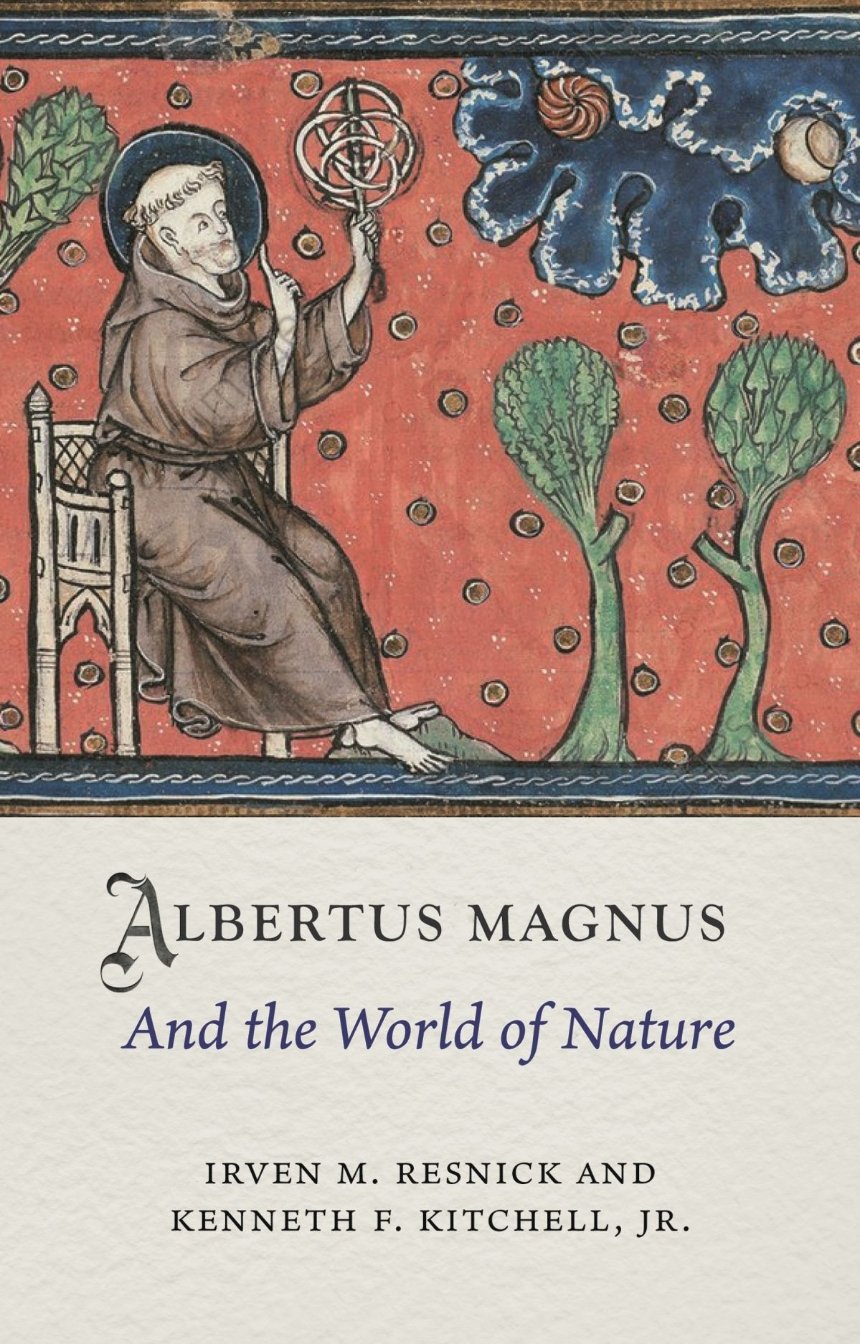A Website for Disciples of St. Thomas Aquinas
The debate between Universalists and Perditionists ultimately hinges on conflicting understandings of God’s will, justice, and the purpose of creation. Given the lack of Universalists’ ability to demonstrate the impossibility of hell, the only solution—as in the situation of the eternality of the world—is to look at the tradition and humbly ponder it.
Professor Knasas has kindly responded to my rejoinder to his reply to my review of his book. He considers, once again, Aristotle’s argument for the eternity of motion from time, discusses the limits of natural philosophic speculation when it comes to imagining realities beyond those limits, discusses the limits of the considerations of natural philosophy in regard to the human soul as a subject of contemplation, and concludes with a reminder to a text central to his aforementioned book (ST, Ia, q. 44, a. 2) as emblematic of his interpretation as part of the project of existentialist Thomism.
















The issue remains whether the Thomistic natural philosopher has the wherewithal to defuse Aristotle’s argument for the eternity of time. As has been noted, the issue is not arcane but has implications for how, over the centuries, the philosophical sciences have been taught ad mentem Sancti Thomae.